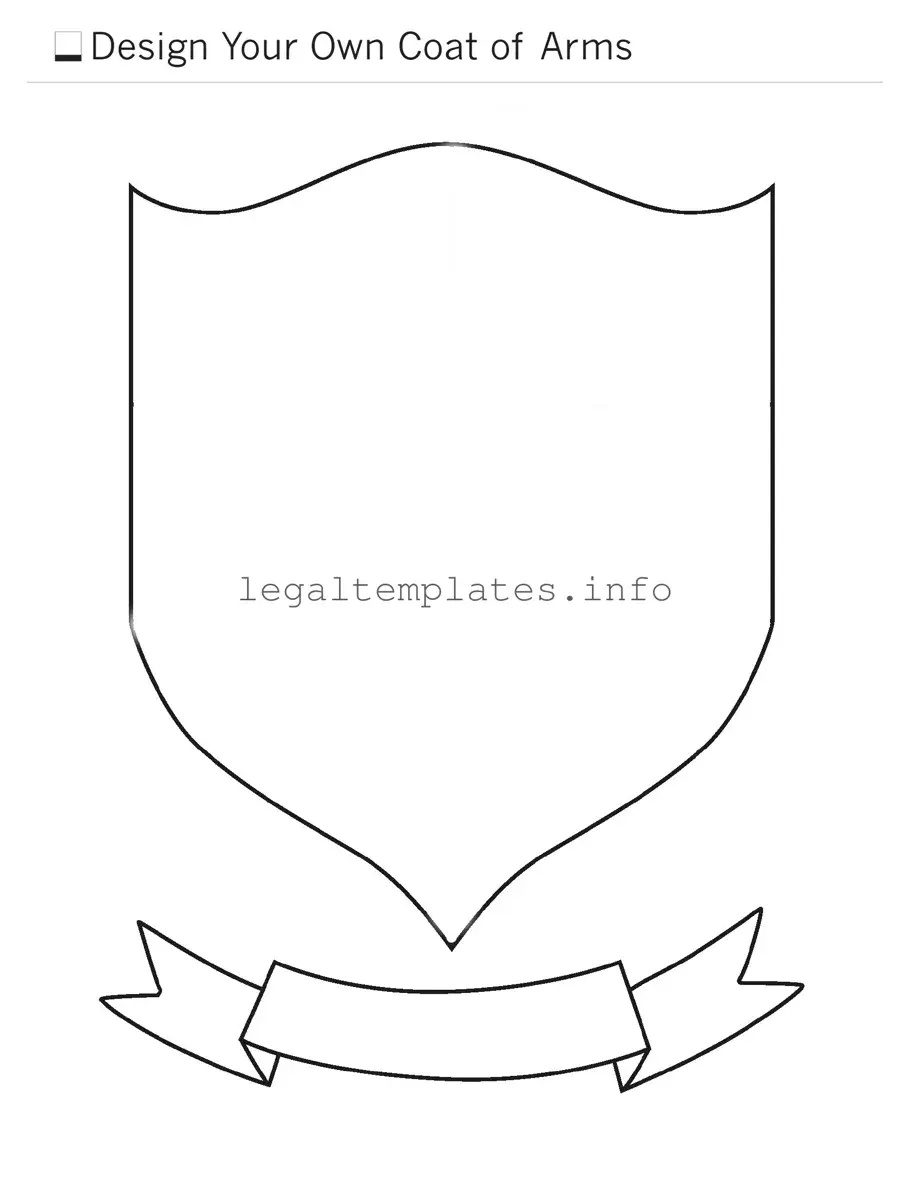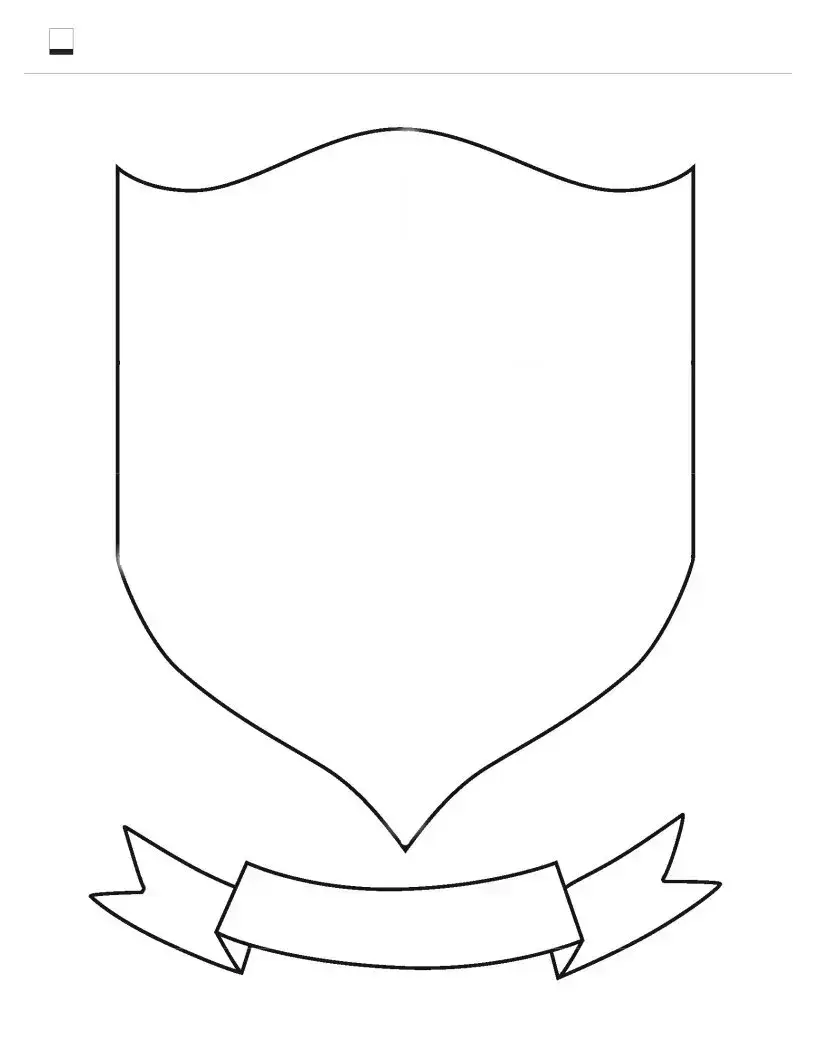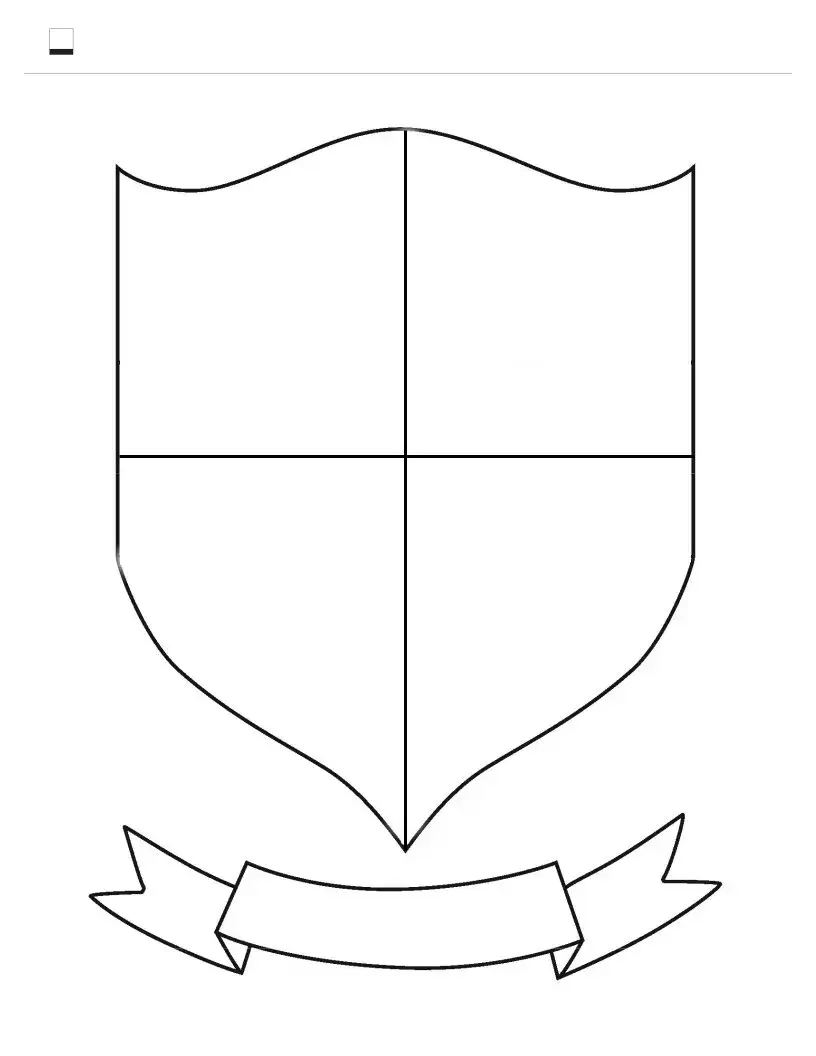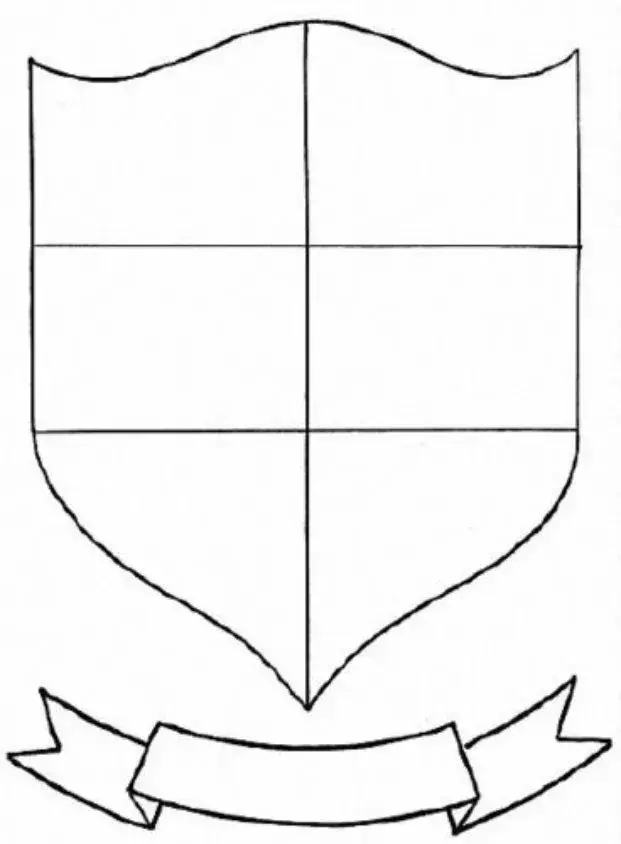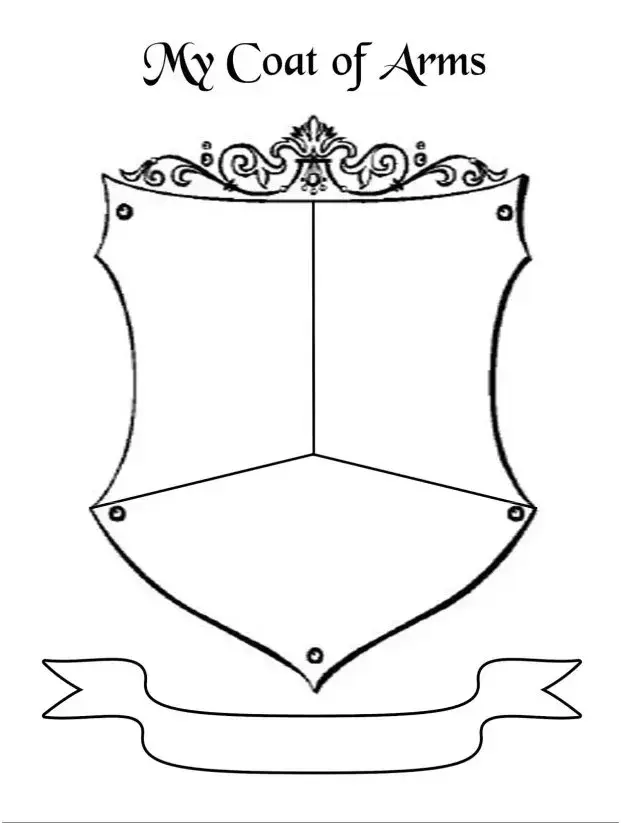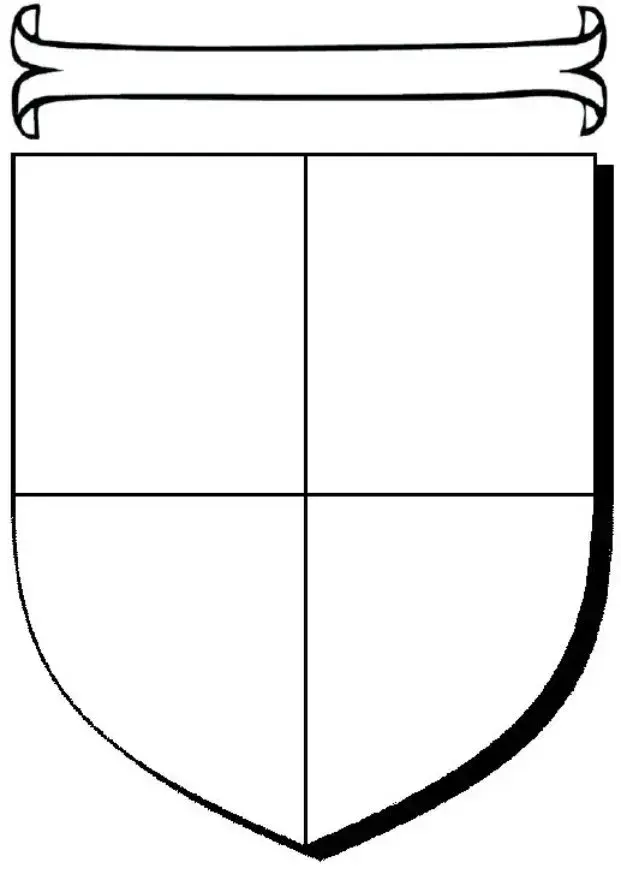When individuals embark on filling out the Coat of Arms form, a substantial number of errors can occur, leading to delays and, sometimes, the rejection of applications. One common mistake involves not providing complete personal information. Accuracy and completeness are crucial, as missing details can stall the process.
A second notable error is disregarding the specified instructions for the format or size of required documents or images. Submissions that do not adhere to these guidelines may not be processed, underscoring the importance of carefully reviewing the form's requirements before submission.
Many also overlook the necessity of updating their contact information, a step that is vital. Should any clarifications or additional documentation be needed, the absence of current contact information can severely hamper communication efforts.
An additional mistake includes not thoroughly reviewing the application for spelling or grammatical errors. Even minor mistakes can cast doubt on the application's credibility, potentially leading to unnecessary complications.
Frequently, applicants mistakenly submit the form without attaching all the required supporting documents. This oversight can result in the outright rejection of the application, as the review committee relies heavily on these documents to make informed decisions.
Failing to sign the form is another common oversight. A signature is a necessary affirmation of the accuracy and authenticity of the information provided, and its absence can invalidate the entire submission.
Some mistakenly believe that the submission of the form alone initiates the review process. However, the process only begins once the applicable fee, if required, has been received, thus delays can occur if this step is not promptly attended to.
Incorrectly labeled documents can also hinder the application process. When documents are not clearly identified, it complicates the review process, potentially leading to errors in the evaluation of one’s eligibility or qualifications.
Another frequent error is the assumption that no follow-up is necessary after the initial submission. Applicants should proactively check on the status of their applications and be prepared to submit additional information or clarifications if requested.
Finally, a lack of patience is where many falter. The process of reviewing a Coat of Arms application can be lengthy. Expecting immediate results and not allowing for the allotted review time can lead to frustration and miscommunication.
